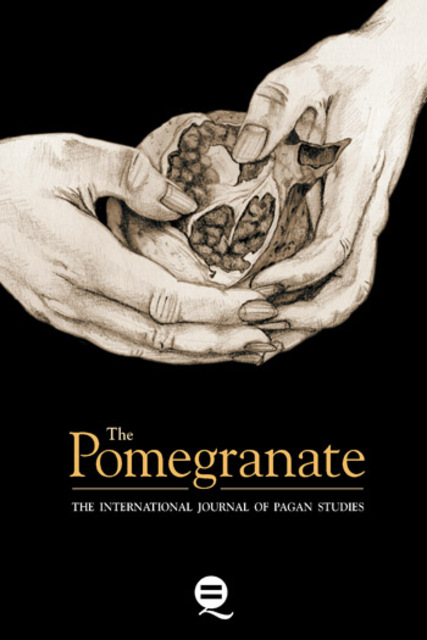Revisiting the Semnonenhain: A Norse Anthropogonic Myth and the Germania

Full description
Perhaps the most mysterious of the gods identified by Tacitus in his Germania of c.98 is the Suebian regnator omnium deus—the god who is lord of all things. In a rather enigmatic fashion, Tacitus reveals that the woodland sanctuary of this god, the so–called Semnonenhain as it has become known in scholarship, was thought to have been the ancestral birthplace of a number of Germanic tribes. The aim of this essay is to show that traces of a similar tradition in Old Norse literature, postdating the Germania by over a thousand years, may indicate that a creation myth related to this belief was still alive in Iceland in the final years of Germanic heathen religion. I will begin by outlining what is known about the compositional contexts of the Germania, before discussing what can usefully be drawn from Tacitus’ description of the Semnonenhain and its associated anthropogonic myth. Following a brief consideration of the contexts in which the conversion of Scandinavia took place, we will move on to consider elements of a potentially related tradition preserved in Norse Eddic and Skaldic verse, and conclude with a few reflections on the extended potential of these observations.
- typeImage
- created on
- file formatjpeg
- file size66 KB
- container titleThe Pomegranate
- creatorMichael D.J. Bintley
- issnISSN 1743-1735 (online)
- issue13.2
- publisherEquinox Publishing Ltd.
- publisher placeSheffield, United Kingdom
- rights holderEquinox Publishing Ltd.
- doi
We use cookies to analyze our traffic. Please decide if you are willing to accept cookies from our website. You can change this setting anytime in Privacy Settings.
